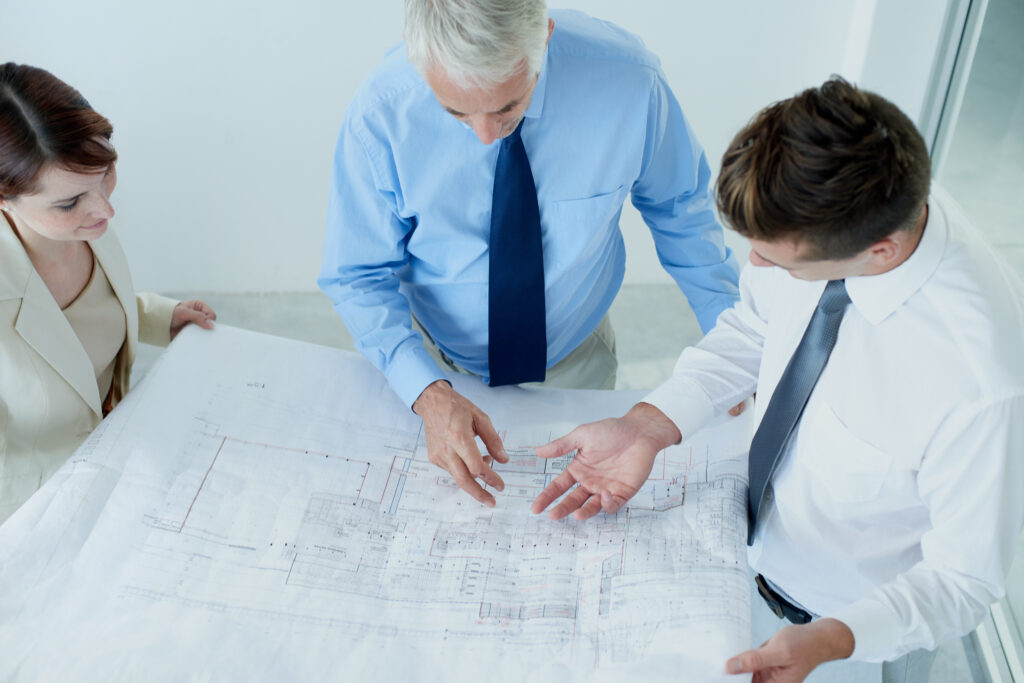In the complex landscape of urban governance, the safety and well-being of residents are paramount concerns. Cities face an array of risks – from natural disasters to public health emergencies – that require careful planning and proactive mitigation strategies. At the heart of this planning process lies the Community Risk Assessment, a critical tool for understanding and addressing the unique challenges facing each city.

In this blog post, we’ll explore why the Community Risk Assessment is indispensable for effective city planning and emergency management.
1. Identifying Vulnerabilities and Hazards
A thorough Community Risk Assessment serves as a comprehensive inventory of the risks and hazards facing a city. By analyzing data on demographics, geography, infrastructure, and historical incident patterns, city planners can identify areas of vulnerability and potential hazards. From flood-prone neighborhoods to high-risk industrial zones, the assessment provides invaluable insights into the unique risk landscape of the city, enabling planners to prioritize resources and interventions where they are needed most.
2. Informing Decision-Making and Resource Allocation
Armed with the insights gleaned from the Community Risk Assessment, city leaders can make informed decisions about resource allocation and emergency preparedness planning. Whether it’s investing in infrastructure improvements, expanding emergency response capabilities, or implementing public education campaigns, the assessment provides the evidence base needed to justify and prioritize these initiatives. By aligning resources with identified risks and vulnerabilities, cities can maximize the effectiveness of their efforts to protect residents and property.
3. Engaging Stakeholders and Building Partnerships
A successful Community Risk Assessment is not conducted in isolation – it relies on active engagement with stakeholders from across the community. From local government agencies to community organizations and businesses, collaboration is key to ensuring the assessment reflects the diverse perspectives and priorities of all stakeholders. By involving stakeholders in the assessment process, cities can build trust, foster collaboration, and leverage collective expertise to develop holistic, community-driven solutions to address identified risks.
4. Enhancing Emergency Preparedness and Response
In the face of emergencies, preparedness is the cornerstone of effective response. A robust Community Risk Assessment forms the foundation of emergency preparedness planning, providing emergency managers with the data and analysis needed to develop targeted response strategies. From evacuation routes to shelter locations, the assessment informs the development of emergency plans that are tailored to the specific risks and needs of the community. By proactively addressing vulnerabilities and anticipating potential challenges, cities can enhance their resilience and ability to respond effectively to emergencies.
5. Promoting Resilience and Sustainability
Ultimately, the goal of the Community Risk Assessment is to build resilient, sustainable communities that can withstand and recover from adversity. By identifying and addressing risks before they escalate into emergencies, cities can reduce the likelihood and severity of disasters, minimize the impacts on residents and infrastructure, and expedite the recovery process. Moreover, by integrating risk reduction measures into broader sustainability initiatives, cities can create more livable, equitable communities that thrive in the face of uncertainty.
In conclusion, the Community Risk Assessment is not just a bureaucratic exercise – it’s a cornerstone of effective city planning and emergency management. By identifying vulnerabilities, informing decision-making, engaging stakeholders, enhancing preparedness, and promoting resilience, the assessment lays the groundwork for building safer, more resilient communities that can withstand the challenges of an uncertain world. As cities continue to grapple with evolving risks and hazards, investing in comprehensive risk assessment is an essential step towards securing a safer, more sustainable future for all.

